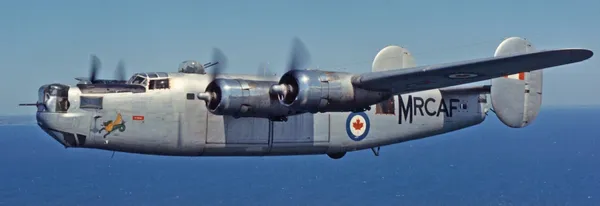Took off from Ballykelly on a daytime anti-submarine patrol of the North Atlantic.
Returning from a patrol where they had attacked and been damaged by sub U 256, a type VII U-boat commanded by Odo Loewe. The aircraft ditched in the sea off the coast of N.I. after all 4 engines stopped after dropping three depth charges at low level, thirty miles south-west of Tory Island, north-west of County Donegal, Ireland
Detail from: (discussion page www.rafcommands.com and D Burke, http://www.ww2irishaviation.com/lv341.htm)
Killed includes Craig: Pilot Officer Victor Dennis James RNZAF KIA Runnymede Memorial Panel 116. Sergeant Seymour Clare RAF KIA Runnymede Memorial Panel 80. Flight Sergeant Kenneth Henry Watson RAF KIA Runnymede Memorial Panel 76.
Survivors: Sergeant H V F Archer RAF Sergeant P F George RAF Sergeant W C Gordon RAF Sergeant F N Hollies RAF were rescued by the trawler, GLENAGILL from Fleetwood, Ireland.


